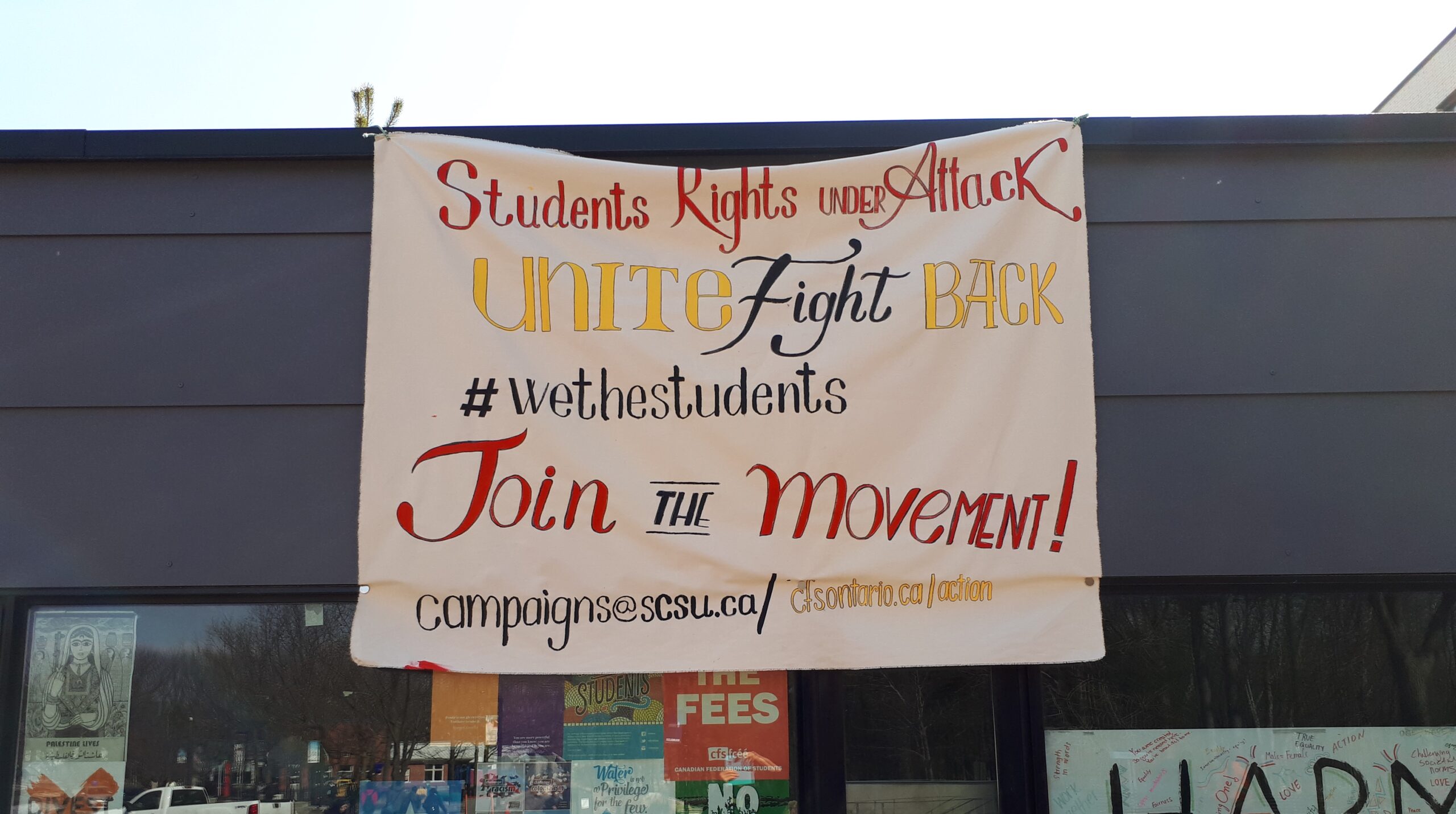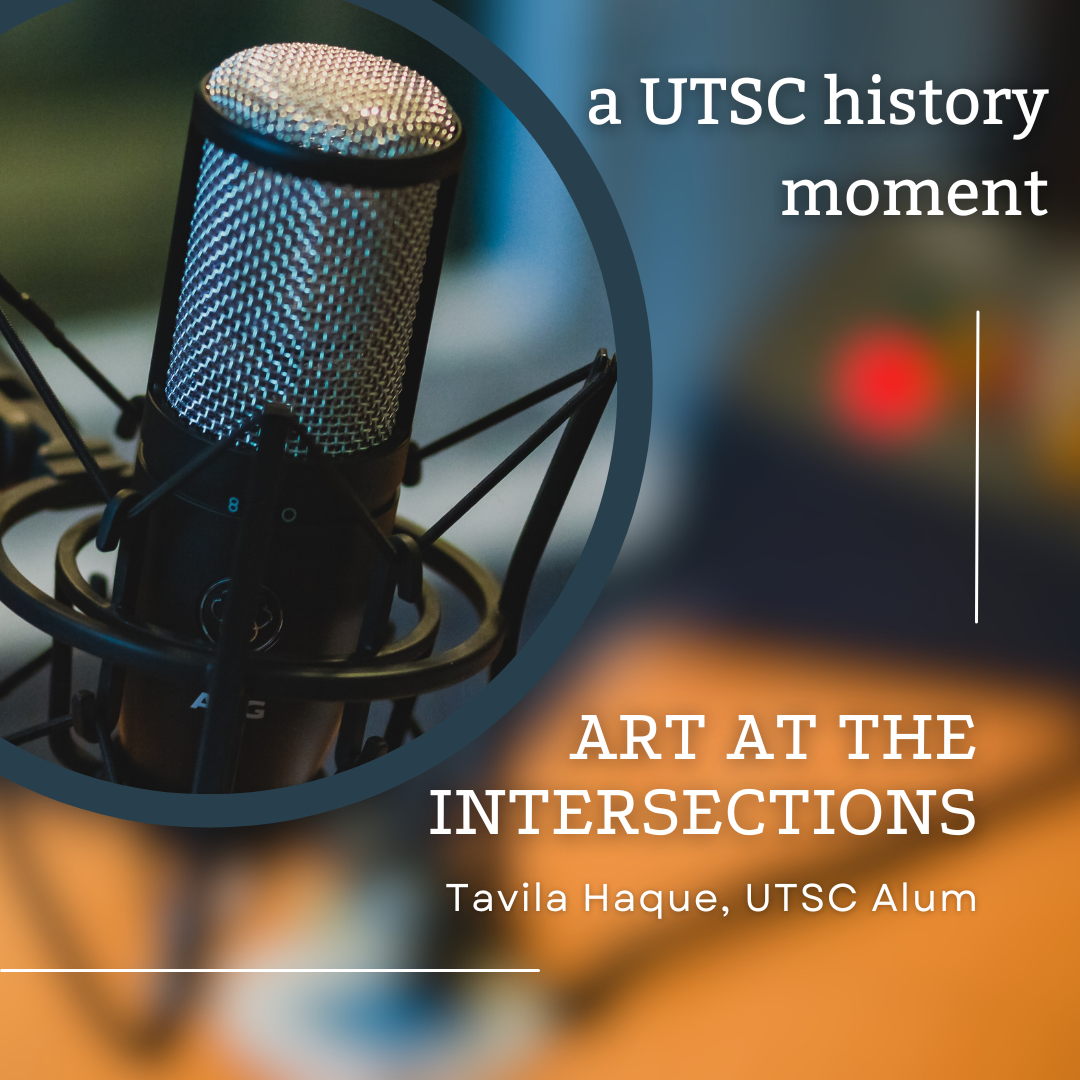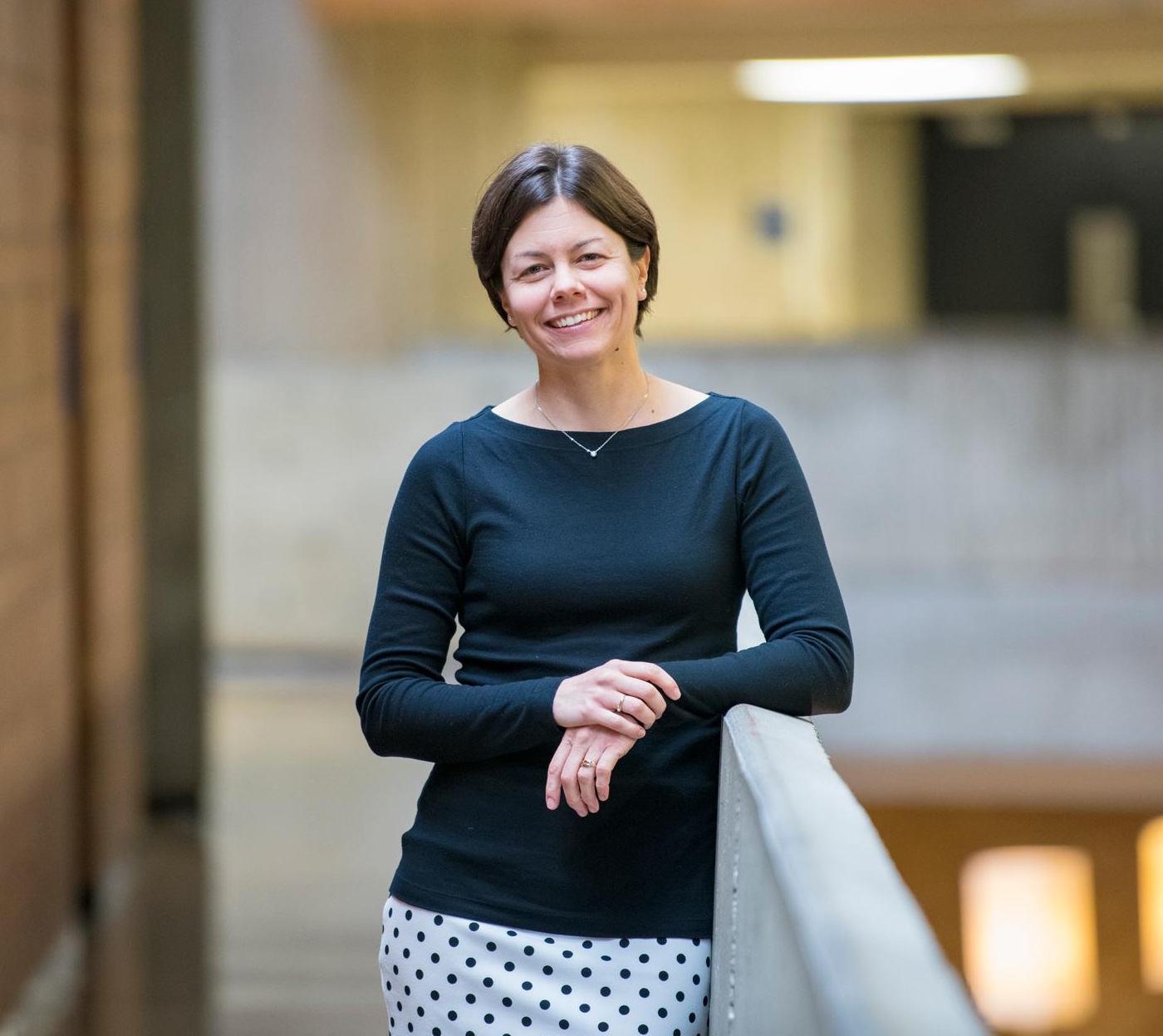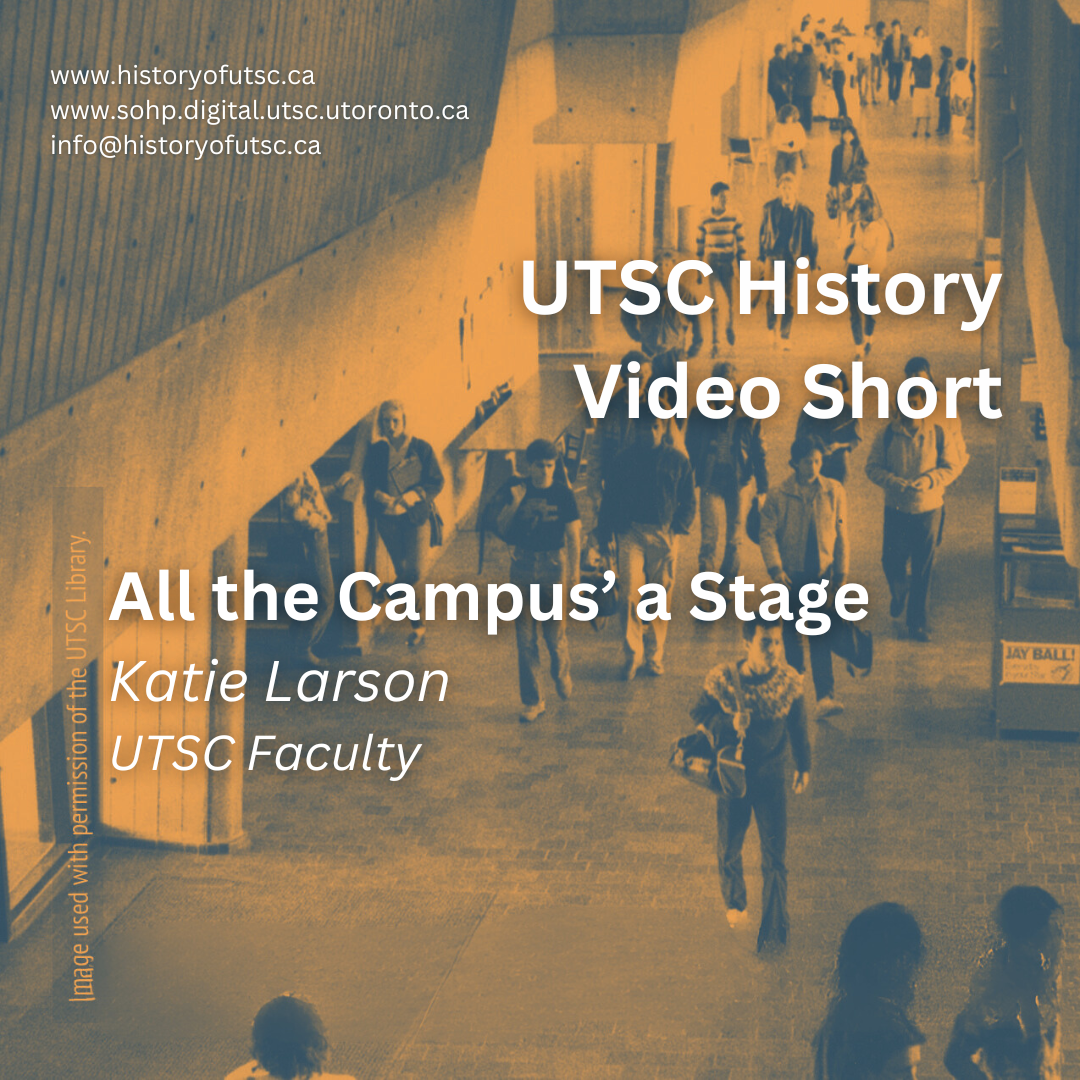As tuition fees continue to rise every year, student loan debt becomes more difficult to manage; the recent concerns with cost of living and the previous 2019 changes to the Ontario Student Assistance Program (OSAP) aren’t making it any easier. Back in 2019, under Ford’s government, these changes included the removal of free tuition for low-income students and the charging of provincial interest during the six-month grace period. These changes resulted in protests in universities across Ontario, including the University of Toronto Scarborough (UTSC). It was already a financial struggle for students back then, but unfortunately, affording tuition has been even more difficult this year because of inflation. Two years ago, the government supported these difficult times with a freeze on student loan repayment and interest accrual until September 30th, 2020. Now, the freeze on federal interest had been extended to 2023, but what about provincial interest? What has the Ford government been doing to ease the financial burden of students?
Pre-OSAP years, the Canadian Union of Students (CUS) and Ontario Region CUS (ORCUS) strongly advocated for 100% bursary and grant programs. Although there were other existing programs, such as the 1964 Canada Student Loan Program (CSLP) and the Department of Veterans Affairs University Training Allowance for student veterans, still, there were only small disbursements of bursaries that could have supported low-income Canadians (Moses, 2001). Additionally, Scarborough College, now known as UTSC, was also founded in 1964, the very same year as the CSLP, yet within the oral histories we’ve collected, many of these students funded their education through part-time jobs or bank loans. The level of financial support from CSLP was clearly not as effective or as useful as OSAP now. In other words, at this time, post-secondary education was only easily accessible to elites, the wealthy, the ones willing to take risks with bank loans, and the students capable of working during their school years and earning enough for their tuition. Anyone incapable of funding their tuition, despite working through the school year, or anyone financially incapable of borrowing loans are less likely to see a future in higher education.
Bringing the influential CUS and ORCUS back into the conversation, they have both made arguments that led to an agreement with top decision-makers. In 1966, the Province of Ontario Student Award Program (POSAP), or now commonly known as OSAP, was born (Moses, 2001). Unfortunately, rather than a 100% bursary program, OSAP was a combination of 60% federal loans and 40% provincial bursaries (Moses, 2001). Nevertheless, the bursaries quelled fears of debt, increased student enrollment, and more importantly, gained political support amongst the baby boomers. The OSAP response was a powerful move against the 100% bursary and grant goal, as it limited the movement for student-aid and, to some degree, appeased the radical left (Moses, 2001). OSAP, since its very beginning, had always made post-secondary education more affordable and accessible to students, but it also squashed the conversation for free tuition for years to come.
Now, as tuition fees and student loans have become more of a monster to handle, in part due to inflation and Ford’s 2019 OSAP changes, perhaps we should once again reintroduce the conversation of free tuition, or at the very least, a cut in tuition fees. There needs to be a better way to make education more affordable. OSAP is undoubtedly an indispensable resource for student financial support, and I, amongst many others, would never have gotten the opportunity to study in higher education without it. But that also means that the removal of such support can also remove the number of students’ ability to stay in school. There is an overwhelming number of students dependent on this program, and if cuts to OSAP can happen so easily, students will forever be stuck with the short end of the stick. Should students continue to rely on OSAP, knowing that its financial support can be pulled back any time at the whims of the government? Or should we continue the fight started by CUS and ORCUS for 100% bursary programs and free tuition? The advent of COVID-19 demanded a new normal, and perhaps this is an opportunity for students to demand a new normal for financial aid too.
Bibliography
Moses, N. R. 2001. “Student Organizations as Historical Actors: The Case of Mass Student Aid.” The Canadian Journal of Higher Education, 31(1), 75–120. https://doi.org/10.47678/cjhe.v31i1.183379.





